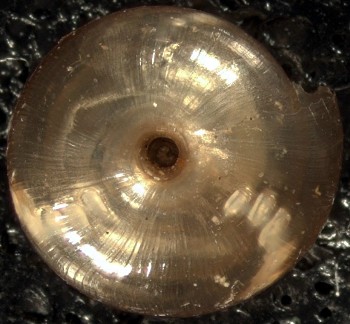
Reproduction
Due to the lack of information out there right now about Paravitrea multidentata (Binney,1840) I was not able to find any information about their specific reproduction habits but I found the reproduction habit of their sub class, Pulmonata. In this sub class, the species are all Hermaphroditic, which means they have both male and female reproductive capabilities. However, except for a few species (not Paravitrea multidentata), they can not reproduce on their own. Both sexes are able to produce sperm and eggs, and both snails will be fertilized while mating. (Nordsieck, 2010)
Before mating, the snails will perform a sort of courtship (set of behaviors animals sometimes perform) this courtship contains the snails circling one another, touching one another, and leaving a trail of slime. This courtship can take up to twelve hours. Once mating, Sperm are often put into a package called a spermatophore, which is transferred by the donor’s penis into the receiver’s vagina. The penis and vagina share a common opening called the atrium, whose opening can be seen as the small “genital pore” on the right side of the animal’s head, usually behind the right eye tentacle (Hotopp, 2006).
Once mated, each snail could lay up to 100 eggs, usually the eggs
will be laid in the soil, but if the soil is to wet, they may also
lay them on the sides of plants. In the egg, the embryo's
shell starts to develop, but the shell is very weak. The young
snails need calcium to harden the ir
shell, so they will eat their egg. Since these are land snails,
there is no larval stages, Pulmonates have a direct life cycle (Hotopp,
2006).
ir
shell, so they will eat their egg. Since these are land snails,
there is no larval stages, Pulmonates have a direct life cycle (Hotopp,
2006).
